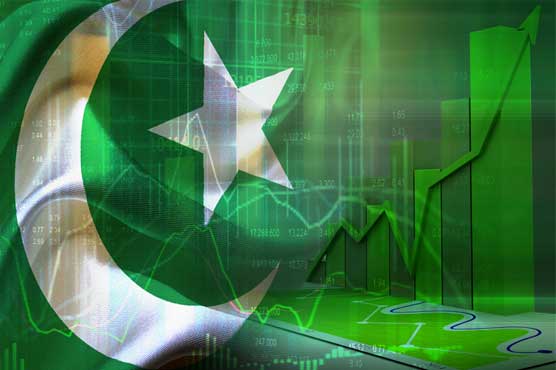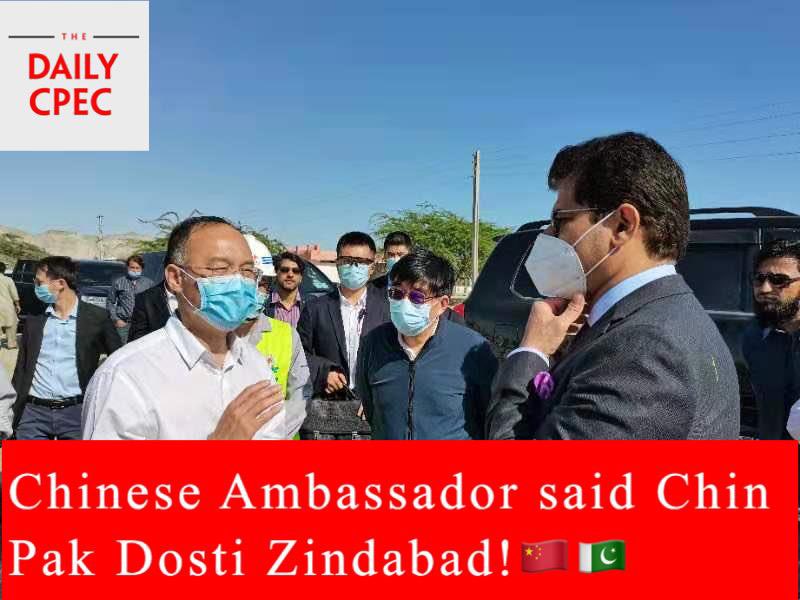by Cheng Xizhong
Editor’s note: The writer is a visiting professor at Southwest University of Political Science and Law, senior fellow of the Charhar Institute, and former Defense Attache in South Asian countries. The article reflects the author’s opinions and not necessarily the views of China Economic Net.
According to a report by Associated Press of Pakistan on January 22, policies of Pakistan Government are powering economic growth, with expansion witnessed in remittances and foreign direct investment (FDI) and the primary balance in surplus.
The positive signs in Pakistan’s economy are seen in the first quarter of the ongoing fiscal year 2020-2021, with remittances growing 26.5%, FDI 9.1%, tax collection 4.5%, and the primary balance turning into a surplus worth Rs.258 billion. A significant increase is also witnessed in sale of cars, motorbikes and tractors from July to October 2020.
This shows that Pakistan’s economy is entering the phase of comprehensive recovery. In my point of view, there are mainly three reasons:
First, the development of the China-Pakistan Economic Corridor (CPEC) has been continuously promoted. A large number of power and transportation infrastructure projects have been completed and put into operation, and the construction of special economic zones (SEZs) has been launched, which has created favorable conditions for Pakistan’s economic recovery and take-off, and also enhanced the confidence of domestic and foreign investors. The success of the CPEC construction shows that Pakistan is the most potential and profitable investment destination.
Second, Pakistani Government rolls out a series of new “prudent and timely policies” that are conducive to promoting economic development. For example, the tax reductions policies have greatly improved the business and economic development environment. The large-scale manufacturing (LSM) has registered a 4.8% growth, and the cement sector has expanded 20%. Besides, the Government has followed a “liberal foreign investment regime” and introduced measures to promote Ease of Doing Business (EoDB) in the country, leading to an improvement in Pakistan’s ranking from 147 in 2018 to 108 in 2020 in the World Bank’s (WB) index. This is an “unprecedented improvement”, said the WB report.
Third, the administration under Prime Minister Imran Khan has paid close attention to both pandemic prevention and control and economic recovery. I remember that at the very beginning of the pandemic, PM introduced “smart lockdown” to contain the spread of the novel coronavirus pneumonia, ensuring that the economy remained functional. That, in turn, allowed many businesses to reopen or continue operations on a limited scale to dampen the adverse economic impact.
The Government firmly supports private sector as an engine of growth and believes in building institutional capacity for sustainable and inclusive economic growth.
It has also taken several initiatives to facilitate agriculture and construction sectors to accelerate economic recovery. PM approved a package with Rs.24 billion to slash the input costs for farmers, whereas a relief package for small and medium-sized enterprises (SMEs) shielded against insolvency and joblessness. The Ehsaas Emergency Cash Program worth Rs.144 billion was rolled out, providing immediate cash relief to 15 million families of daily wage-earners hit by the coronavirus pandemic.

















